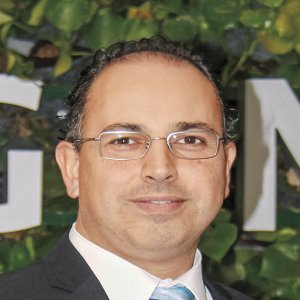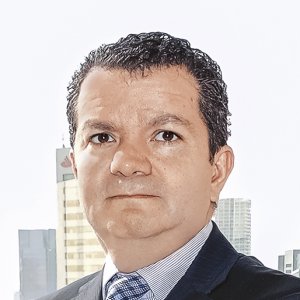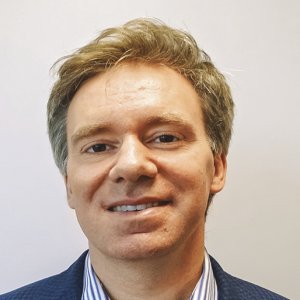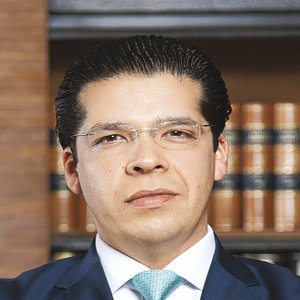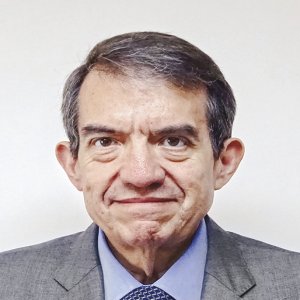Think Globally, Act Locally

STORY INLINE POST
Mexican energy market players were surprised as energy prices plunged with each long-term auction. Now, with solar energy itself growing more competitive, Vicente García, Business Development Manager Mexico at Isolux Corsán, says that the new challenge developers are facing in the market is to find ways to lower project development costs. “Isolux Corsán, is reinventing itself daily to become flexible and adaptable when it comes to the market’s needs,” he says.
The company, an EPC with experience in developing infrastructure, power plants and transmission lines, has decided to grab the opportunity to lower costs further by breaking the projects down into smaller batches through its balance of systems (BOS) scheme. “We recognize that renewable energy is an important business niche for Mexico and we want to become a strong player in that market,” he says.
Although EPCs traditionally prefer to manage all aspects of a project throughout its lifespan, Isolux Corsán’s BOS approach allows for greater flexibility. “Having our own workforce in Mexico has turned out to be extremely advantageous for BOS developments as we do not have to subcontract workers like most EPCs do,” says García. Additionally, he points out that the company combines the virtues of a global contractor with a global vision and a local presence that means it has developed expertise on the Mexico-specific market value chain.
Some of the most important projects the company manages are a CFE power plant worth US$400 million, three transmission lines, a wind park in Ciudad Victoria valued at US$160 million and the Mexico-Toluca train, for which the company manages over US$180 million.
According to García, the 61MW project Isolux Corsán carried out in Cholulteca, Honduras, best illustrates the specific capabilities the EPC can bring to the table. This was a landmark project for the company because of how challenging it was. “The project had very demanding time frames,” says García. “Isolux Corsán was awarded the project in December 2014 and it had to be connected to the grid by July 2015 so that it could enter a subsidized feed-in-tariff scheme that the government of Honduras offered.” Had Isolux Corsán not delivered and connected the plant by that date, the whole project would not be profitable. Stepping up to meet the challenge, Isolux Corsán built a 61MW plant from scratch in around six months in an isolated region.
Isolux Corsán ensures the viability of these kinds of innovative projects by ensuring a strong funding model. García says the company’s escrow accounts hold the entirety of funds and pay any expenditure, which ensures projects will have funds to finish on time and on budget. “Isolux Corsán does not finance projects itself, but we can extend the good relationships we have developed with banks, including Bankia, Caixa and Goldman Sachs,” García says. This scheme is being carried out to finance a 100MW wind project in Ciudad Victoria, Tamaulipas.
García says Isolux Corsán’s main goal for 2018 is the timely and successful completion of the US$1 billion worth of projects that the EPC is executing. But he says Isolux Corsán wants to diversify its project portfolio in the near future and enter as many business lines and energy projects as it can, including the construction of power plants and the development of transmission lines and substations.
According to EY and PwC reports, PRODESEN is set to tender the construction of almost 24,000km of HV transmission lines with a required investment of US$12 billion until 2031 and, with its broad expertise, Isolux Corsán wants to get in on the ground. “Almost 50 percent of CFE’s 100,000km of HV transmission lines are over 20 years old,” says García. “Given an estimated annual generation growth of between 4 and 5 percent and future budget limitations at the federal level, the need for private investment to extend and revamp this aged infrastructure is a critical reality.” García highlights the success of countries such as Brazil, India and the US in opening their markets to private investment and indicates that Mexico should adopt these best practices.
